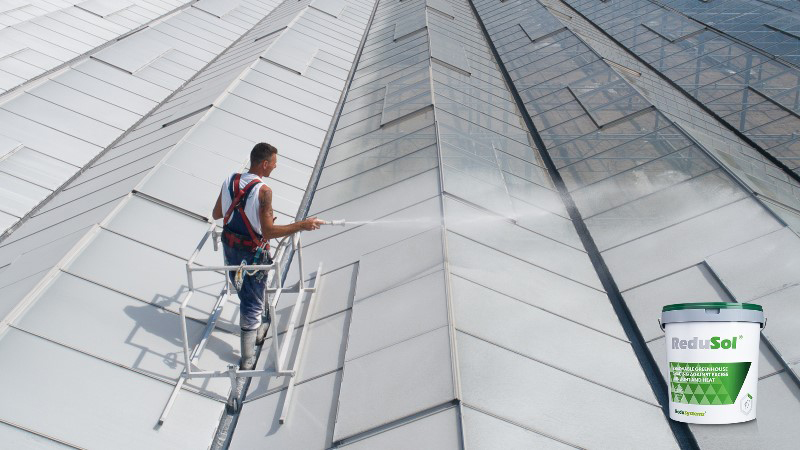Automation Never Stops, Even for the Biggest Growers

Instead of having beds on its trailers, the forks themselves will be the trailer bed at Metrolina. Flats are loaded directly from the production barn to the forks that are on the trailer bed. The trailers are then driven to their location on the farm.
One question we often get at Metrolina Greenhouses when people tour is, “What are you doing next, automation-wise?” Yes, we have the usual stuff like transplanters, robots, ECHOs, and all the other automation you would associate with a greenhouse. To add to that, we have recently added automated sticking robots, which have been a huge driver for labor savings.
Four years ago, we bought a perennial farm that has now expanded to more than 200 acres. With that purchase came a whole new set of challenges. We have spent the past four years reorganizing the farm, investing in production equipment, improving our water reclamation, and revamping the shipping process and how we stage carts.
We now feel it is time to invest in automating how we set product on the ground. We started looking at various systems about 18 months ago, and settled on a fork system.
In typical Metrolina fashion, we decided we wanted to go a slightly different way than what was currently offered on the market. Most fork systems today use a forklift with a set of specialized fingers that pick up a trailer-load of pots.
In order for this to be most efficient for our production, the pots need to be kept in their trays, so we came up with a different version of the forks. Our solution is to make the forks detachable from the forklift. Instead of having beds on our trailers, the forks themselves will be the trailer bed. We will load the flats directly from the production barn to the forks that are on the trailer bed. The trailers will then be driven to their location on the farm.
As trailers arrive, a driver will attach the forks to the lift and then set the product on the ground. Once completed, the forks are reloaded on to the trailer and disconnected from the lift. We have found that this works best with the uneven ground that we have to deal with, and it makes it much easier for the driver to unload the product.
Our goal is to have this system up and running by the time we start major production in week 6. We have a couple of sets on site with our drivers doing dry runs so they can get used to the forks and how we want to set the product down. There will be three different styles of forks so we can use the spacing that each plant needs.
We are also making a tray for pots that typically wouldn’t use a tray. Within two years, we hope to use the same process to pick the product back up for shipping.
Ask us in June how everything is working, but we feel this new lift system will take a labor-intensive job and make it better for our employees, as well as more efficient for Metrolina’s operations.
Art Van Wingerden will be leading a presentation on Labor Management: Robotics and Automation during the inaugural Growing Innovations event, Nov. 7-8 in Las Vegas.









